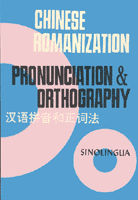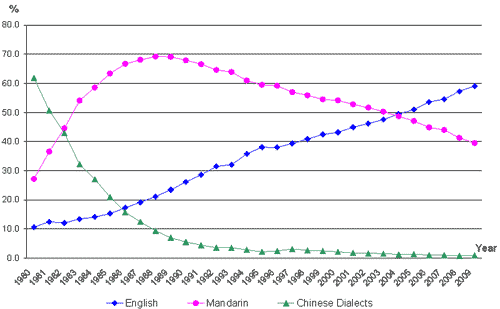The latest rerelease from Sino-Platonic Papers is an enormous work (almost 300 pages) on the languages of the Huzhu Mongghul and Minhe Mangghuer, who are known in China by the Mandarin name of Tǔzú (土族).
Some of the material was written for a television program, part of which is available online, which means that people can listen to native speakers reading the texts!
The Huzhu Mongghul and Minhe Mangghuer language materials presented here are from Huzhu Mongghul Autonomous County and Minhe Hui and Mangghuer Autonomous County in eastern Qinghai Province, the People’s Republic of China. Other Monguor areas, that is Tianzhu Tibetan Autonomous County, Gansu Province and, in Qinghai, Datong Hui and Mongghul Autonomous County and Huangnan Tibetan Autonomous Prefecture, are not represented. We employ “Mangghuer” to refer to Minhe Monguor and “Mongghul” to refer to Monguor residents of Huzhu, for these are the terms the people themselves employ. When we are unsure how people refer to themselves, we use “Monguor,” which we also employ as a collective term to refer to all those classified as “Tu” by the Chinese government in the 1950s.
The material is in the form of the alphabet, numbers, and the calendar; 300 sentences rendered in English, Huzhu Mongghul and Minhe Mangghuer; 900 sentences in English and Minhe Mangghuer; Huzhu Mongghul readings, language points, the text of a television program that taught English in Huzhu Mongghul in Huzhu County and a word list.
The Mongghul/Mangghuer materials are given in a modified Chinese pinyin….
The dictionary at the back of the work is larger and more comprehensive than might be expected. Here are some sample entries:
- frontier — jiixan
- frost — xuutira, {SHOUDIERE}
- froth — kusizi, {MOMOZI}
- fruit — alimaa, {ALIMA, AMULA}
- fry — tuusila qina, {TUOSILA CHINA}
- fuck — mule, {MULI}
- fuel — shdajin, shdaghua, {XIDAKUNI, GHAR JIALAKUNI}
- fulfill — banki, gi, {GE}
- full — diuri, {DURAN, YIGUA}
- fumigate — funiidigha, {XUNKE}
- fun — natigu, {NADUJI} (to make fun of)
- funeral — rgai, {ERGU}
- fur — ghuasi, {ARASI}
- fury — ruari, {SHUGUO WERKURJIANG}
- future — huina, {NINSA KHUONO}
Here’s the link to the SPP 69: Language Materials of China’s Monguor Minority: Huzhu Mongghul and Minhe Mangghuer (15 MB PDF).
The video, which is a massive 528 MB, begins with lesson 26, no. 98 (SPP p. 152, PDF p. 166), and stops abruptly about two-thirds of the way through no. 110 (SPP p. 159, PDF p. 173).
Here are a few internal points of reference in the video:
- no. 100, p. 153, begins at 5:36
- no. 103, lesson 27, p. 155, begins at 21:30
- no 105, p. 156, begins at 29:50
- no 109, lesson 28, p. 158, begins at 44:50
More of the video may be available later.

 Pinyin.Info has a new reading:
Pinyin.Info has a new reading:  I thought
I thought 